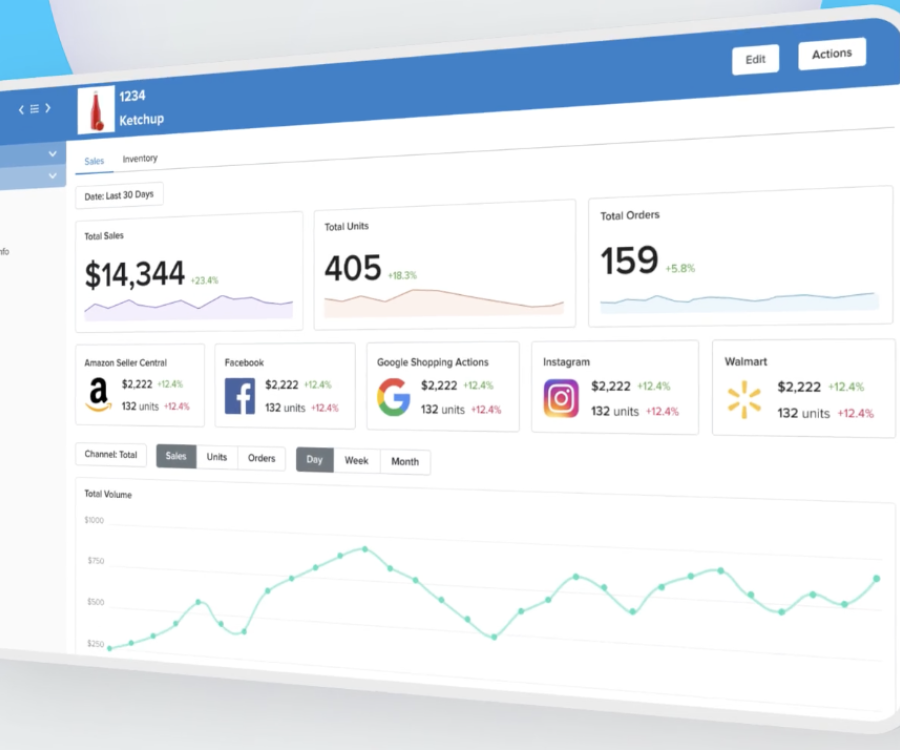One of the special charms about the lagoon city of Venice is its many channels, or canals, both small and big. Innumerable bridges connect them to an open labyrinth of water, as well as traditional streets. With so many different shopping channels available to today’s consumer, it’s easy to see why Venice is the perfect metaphor for the idea of omni-channel retailing.
Omni-channel retailing meets the customer’s demand for instant shopping. No matter where the customer is at the time, he or she should have access to the same range of products, availability and an emotionally appealing customer journey in tune with the brand. Customers can utilise many channels: the flagship store in a pedestrian area; the brand’s online store; mobile access to the webstore using smartphones; or the complete product catalogue via online kiosks in-store. Yet despite the fact that retailers have long since promised customers the option of switching between channels to their heart’s content, they haven’t really kept this promise and met customer expectations.
Many retailers promote integrated services across all channels. Transitions are supposedly seamless. Customers should not even notice in which channel they are shopping. But what does the ‘Venice multichannel business’ model really look like? And how connected are the channels today?

il dilemma
34-year-old Anna, fashionable and brand conscious, orders a summer skirt using her smartphone. The skirt is being delivered to her home two days later. Unfortunately, it’s too small and Anna wants to exchange it at the nearest store. This proves to be a difficult process. She can’t even see on the webstore whether the skirt is actually still available in a size 8 at this particular store. Even though the brand advertises a “click and collect” option, a service that offers customers a convenient reservation of an item via the webstore at the desired brick-and-mortar store.
In reality, there is a lack of real-time inventory management between the webstore and all local retail shops. For retailers, to be able to reliably implement product availability for “click and collect” or “ship-from-store” options, a number of fundamental elements are required.
Canal grande
The store represents - to stay with our metaphor – the Canal Grande (the Grand Canal) in multichannel retailing. Given an 80 percent share of total fashion sales, it is the wide and successful channel. If in-store management, branch logistics, branch controlling, franchise integration and a real connection to the other channels actually works, the customer is no longer disappointed.
But what does the customer really want?
Anna already has all the necessary information when she visits the store. She checked the availability at the online store, which is reliable because retailer Carlo features an accurate real-time inventory system. Here, so-called fixed readers mounted in the store’s ceiling offer the highest level of accuracy. Integrated perfectly in the visual appearance of the store, they automatically capture every single article and all of its movements across the different zones in the store. And all of it without the need for time-consuming, labour-intensive scanning.

va bene
Anna is excited about the promised product availability (ensured by automatic store replenishment). She heads for her desired clothing item and takes it into the fitting room to try it on. The same reader system identifies the item Anna wants to try on when she enters the fitting room and also suggests matching accessories via a screen or interactive mirror. Anna is familiar with these types of recommendations and the information from the web: “Customers who bought this item also liked these items”.
A noticeable merger of channels across the same functions is evident. In the same way it’s typically being done online, the cross-selling potential is also apparent in the store. That’s very clever because it has proven successful for quite some time. In turn, Carlo the retailer also appreciates the connectivity of the various channels when he suddenly receives data on conversion rates of a campaign. And not just, as usual, for his webstore; but for all of his stores as well. The number of tried on clothing items that actually make it from the fitting room to the POS is a key figure for his merchandise optimisation on the sales floor. It also delivers relevant statements on customer preferences – which items are tried on together and which ones are never tried on.
Ultimately, Anna primarily wants one thing: a seamless positive shopping experience. If she no longer notices the different channels, Carlo has finally made the decisive step towards omni-channel retailing. Bravissimo!










